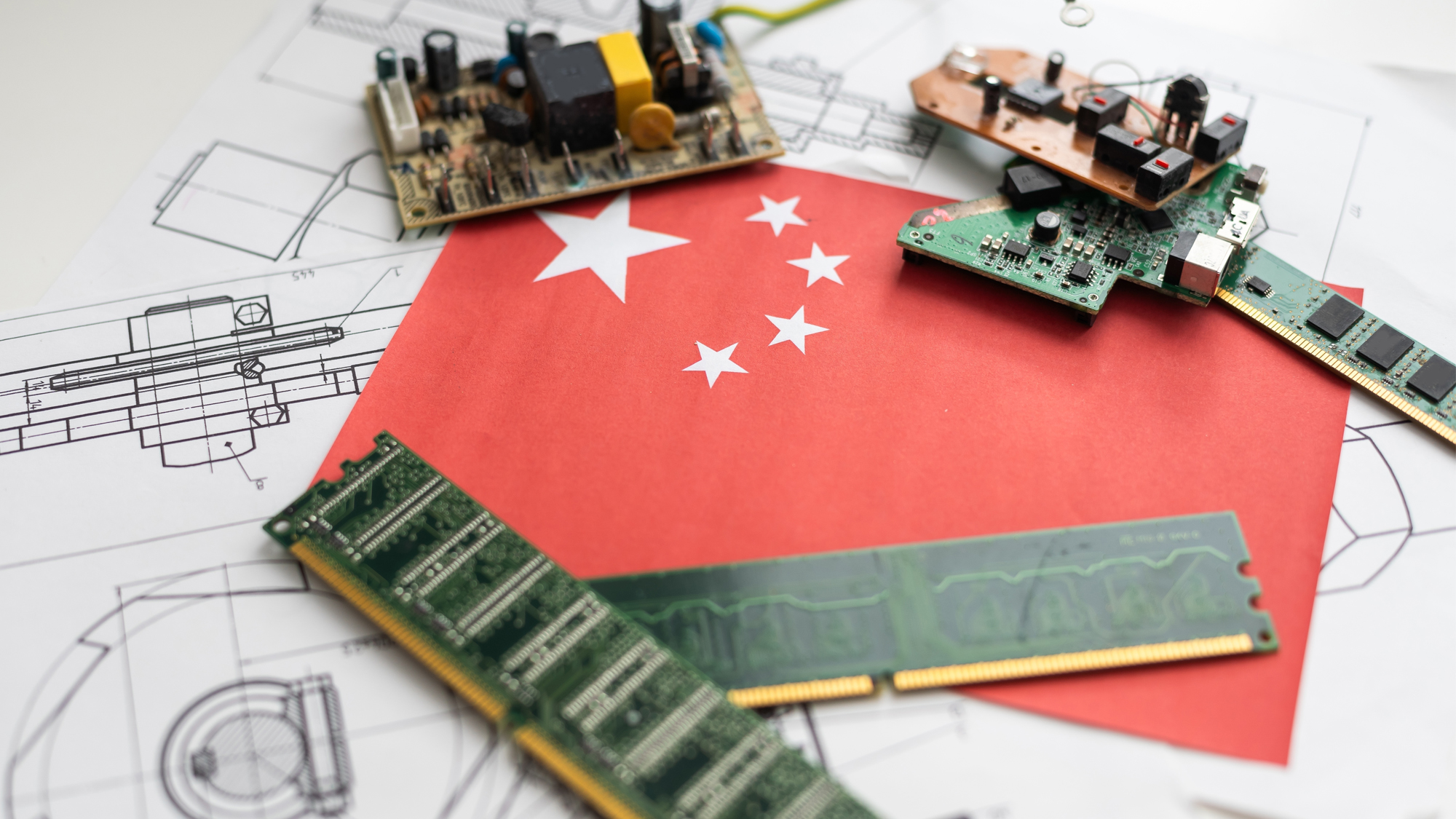Booming Production and Innovation in China
China’s electronics manufacturing sector saw robust growth in 2024, with production and exports on the rise . Government support – including major investment funds – and a push for technological self-reliance have fueled this expansion. China has been the world’s largest electronics manufacturing base since 2007 , and today it produces everything from advanced chips to basic passive components.
Key drivers of growth: Strong demand from EVs, 5G, and consumer electronics is boosting component output. For example, China’s capacitor industry expanded steadily through 2024, with a leading manufacturer (Chaozhou Three-Circle Group) achieving a 30% YoY revenue increase in H1 2024 . Innovation is another driver – domestic firms are achieving breakthroughs like 7nm chips and high-layer PCBs (detailed in later sections). At the same time, policy incentives (tax breaks, R&D subsidies, and the new 3440 ¥billion national semiconductor fund ) underscore China’s commitment to building a self-sufficient supply chain.
Opportunities for global buyers: China’s vast ecosystem means buyers can source virtually any electronic component domestically. Whether it’s cutting-edge processors or bulk passive parts, Chinese suppliers offer cost-effective, scalable, and increasingly high-quality alternatives. Many Chinese brands are now industry leaders in their niche – from chip foundries like SMIC to MLCC capacitor giants like Fenghua – providing new sourcing options beyond traditional Western/Japanese vendors. Procurement teams can leverage this breadth, but must also navigate challenges like geopolitical trade tensions (covered later in this report).
Key Component Segments at a Glance
Semiconductors (ICs): Indigenous chipmakers have made significant progress despite export controls. For example, SMIC successfully produced a 7nm smartphone SoC for Huawei — a notable achievement under U.S. sanctions. Chinese memory companies like YMTC are also mass-producing 232-layer 3D NAND flash, matching the capabilities of global leaders. (See the deep-dive article on semiconductors below for more.)
Printed Circuit Boards (PCBs): China dominates global PCB manufacturing, producing over half of the world’s output domestically. To support global clients and align with “China+1” supply chain strategies, Chinese PCB companies are also expanding overseas — notably, 27 PCB factories were built in Thailand by 2024.
Passive Components: Chinese firms have become leading producers of capacitors, resistors, inductors, and more. In 2024, domestic capacitor makers such as Fenghua Hi-Tech, Three-Circle, and Faratronic reported strong double-digit growth, driven by surging demand in electric vehicles (EVs) and consumer electronics. The quality and technological competitiveness of MLCCs and other passives are steadily improving, closing the gap with long-established Japanese players.
Sensors and Discrete Devices: China’s sensor market is projected to reach ¥414.7 billion in 2024, with local companies like Will Semiconductor and Goodix achieving strong sales growth. In emerging sectors such as LiDAR and automotive sensors, Chinese firms are establishing global leadership — for instance, Hesai Technology commanded 33% of global LiDAR revenue in 2024.
Outlook and Buyer Considerations
The outlook for 2025 is cautiously optimistic. Industry forecasts predict sustained expansion in China’s component output, supported by continuous innovation and recovering global demand. Western procurement teams should view China not just as a low-cost source, but as a strategic partner in innovation. The breadth of products and the speed/flexibility of Chinese suppliers can accelerate development cycles and buffer against supply shocks. However, buyers must also weigh geopolitical risks – including export controls and tariffs – and implement strategies (dual sourcing, inventory buffers, etc.) to mitigate potential disruptions. Each of the following in-depth articles will delve into specific sectors and strategies to help you navigate China’s electronic component landscape effectively.
Call to Action: Is your team leveraging the latest from China’s electronics industry? Read on for deep insights into semiconductors, PCBs, sensors, and more – and learn how to optimize your sourcing strategy in this evolving landscape. For tailored advice, consider reaching out to industry experts who can align Chinese component capabilities with your project needs.

